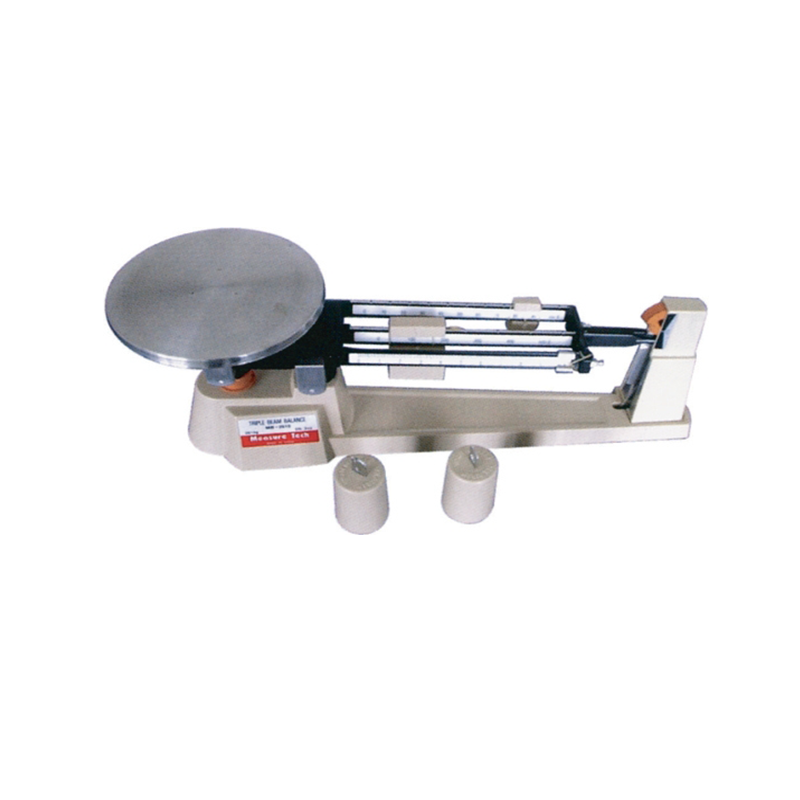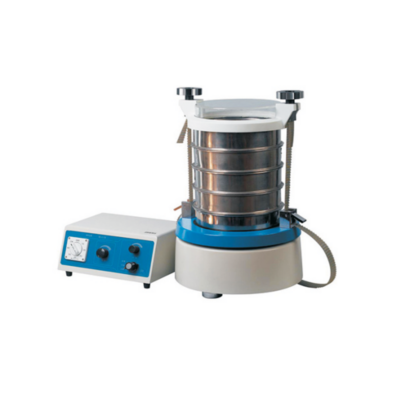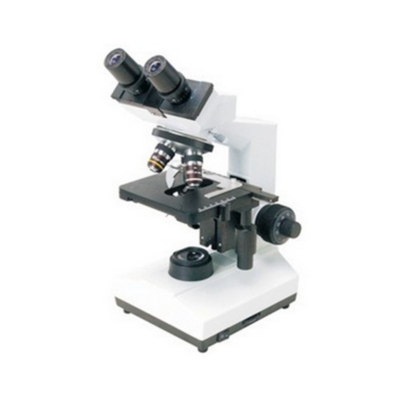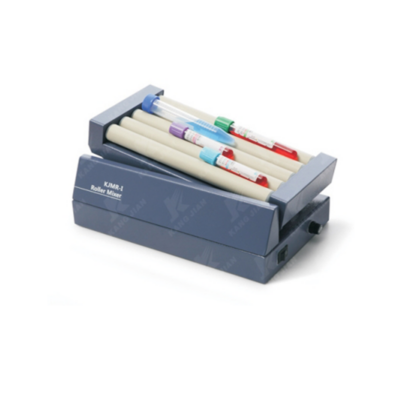Description
A triple beam balance is a precision instrument designed for accurately measuring mass in a laboratory or educational setting. It operates on the principle of balancing an unknown mass with known masses, using three adjustable beams with sliding weights, or riders, to determine the object’s weight.
Key Components:
- Base and Platform: The sturdy base provides stability, while the platform serves as the surface where the object to be weighed is placed.
- Beams: The triple beam setup consists of three horizontal beams, each marked with a graduated scale indicating different weight intervals—commonly in 1 gram, 10 grams, and 100 grams.
- Riders: Small, movable weights that slide along the graduated scales on the beams to balance the object’s mass.
- Pointer and Scale: The pointer aligns with a fixed zero marker when the balance is correctly adjusted, ensuring precise measurement.
- Adjustment Knob: A fine-tuning mechanism beneath the platform to calibrate and maintain balance accuracy.
Operation:
- To use, the object is placed on the weighing platform.
- The rider on each beam is adjusted until the pointer aligns perfectly with the zero marker.
- The combined values from all three beams give the object’s total mass.
The triple beam balance is celebrated for its durability, reliability, and capacity to measure objects with a high degree of accuracy, typically within a fraction of a gram. It is widely used in physics and chemistry laboratories, as well as classrooms, where precise measurements are essential.






Reviews
There are no reviews yet.